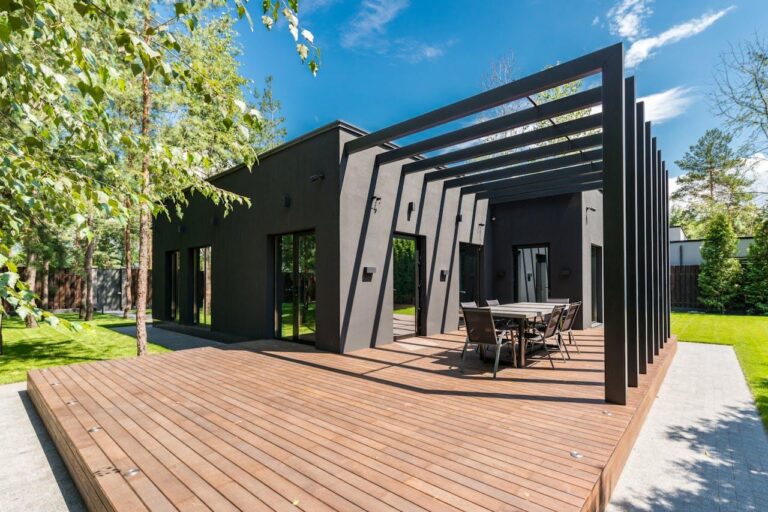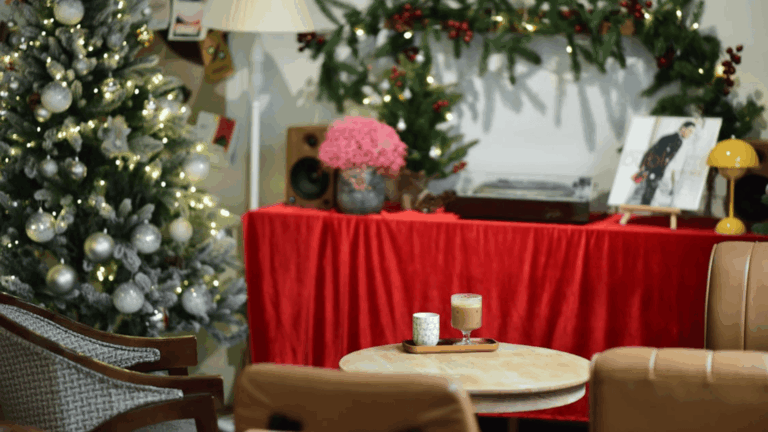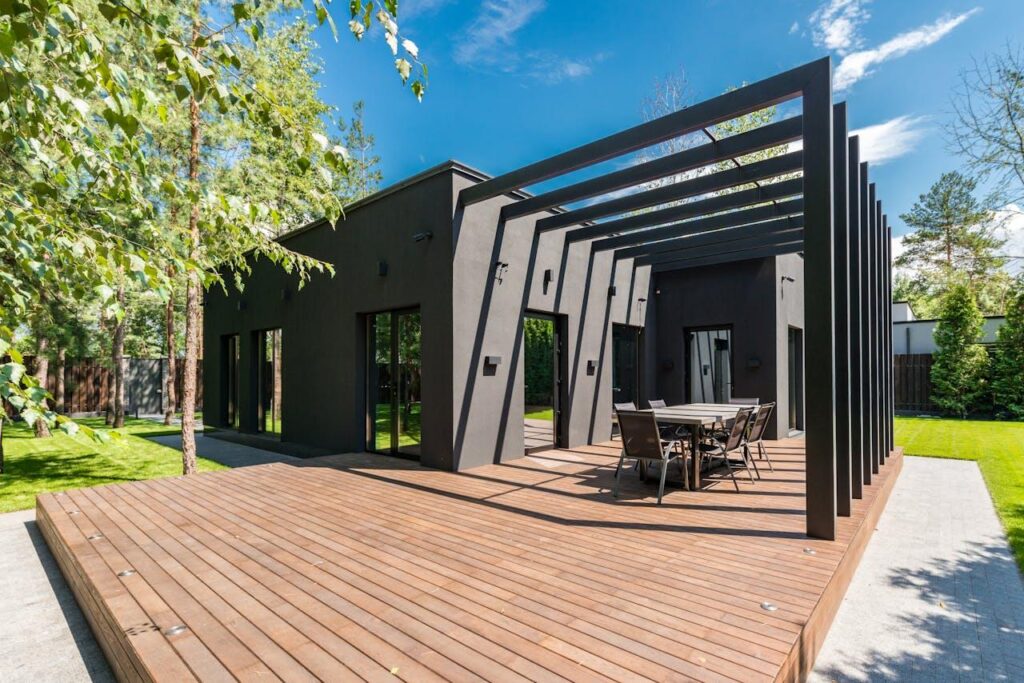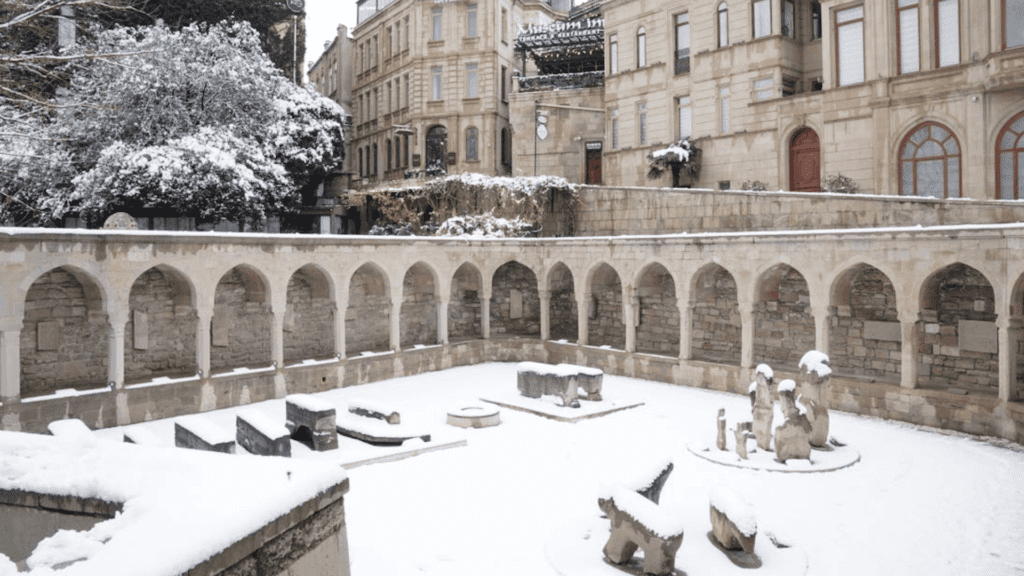Creating an outdoor fire pit can be the centerpiece of memorable evenings under the stars. Whether you are roasting marshmallows, sharing stories, or simply watching the flames dance, a well-built fire pit elevates your backyard atmosphere. Yet even the best intentions can go awry when mistakes sneak in. Let’s explore how to avoid common fire pit fails and craft a safe, enjoyable experience for you and your guests.
Choosing the Perfect Location
Selecting the right spot for your fire pit is crucial. Avoid placing it too close to your house, wooden fences, or overhanging branches. Vegetation and structures can easily become hazards when sparks fly. Consider local fire codes or homeowner association rules to verify that your setup is compliant and safe. A good rule of thumb is to maintain at least ten feet of clearance around your fire pit.
Look at how the terrain slopes. An uneven base may lead to unexpected shifts or tipping of bricks, stones, or metal rings. It pays to choose level ground. Also, assess the wind patterns in your yard. If prevailing winds blow towards your house or seating area, you might end up with smoke drifting where you do not want it. A well-thought-out location keeps your gatherings comfortable, relaxed, and safe.
Building a Solid Foundation
One underappreciated step in fire pit construction is laying a stable foundation. When you skip vital preparation you open the door to uneven settling, cracked materials, or unintended shifts over time. Make sure to excavate the area to a depth of at least four inches and fill with gravel or crushed rock for drainage. Integrating proper compaction and bases ensures your fire pit remains steady while preventing water from pooling beneath.
After you install the base material, use a tamper or a plate compactor to firm the surface. This creates a rigid platform that resists movement and maintains its shape under heat and weight. Only once the base has been compacted should you begin building the fire ring or stone wall. A small upfront investment in a strong foundation delivers puckering-free enjoyment for years ahead.
Selecting Materials That Withstand Heat
Your material choices determine both safety and longevity. Not every stone or brick is suitable for withstanding repeated exposure to flame and heat. Concrete blocks meant for building walls or non-heat-rated pavers may crack or shatter when heated. Instead, look for fire-rated bricks, natural stone, or metal fire rings designed for high temperatures.
If you choose stone, choose types like granite, sandstone, or basalt that tolerate heat without crumbling. For metal fire pits, choose heavy-gauge steel or cast iron that won’t warp. Keep in mind that rocks collected from nature may contain moisture and internal fissures that cause explosive cracking. Always have a proper fire ring or liner, and never assume any rock is safe just because it looks solid.
Designing for Comfort and Functionality
A fire pit’s placement should account for how people will gather around it. Seating arrangements matters. It is unpleasant when seats are too far away forcing guests to lean towards the heat or too close so that sparks or excessive heat reach them. Position seats around the fire pit in a comfortable semicircle and maintain a safe radius of at least three feet from the flames.
Also, ensure the fire pit height is manageable. A firepit that is too low will require guests to lean forward, while one that is too high may send heat upward and scatter ash. Ideally, the fire surface aligns with eye level when seated. Consider adding features like a removable spark screen, a cooking grate for campfire meals or an adjacent prep area for s’mores. These small conveniences raise the overall experience and encourage more frequent use.
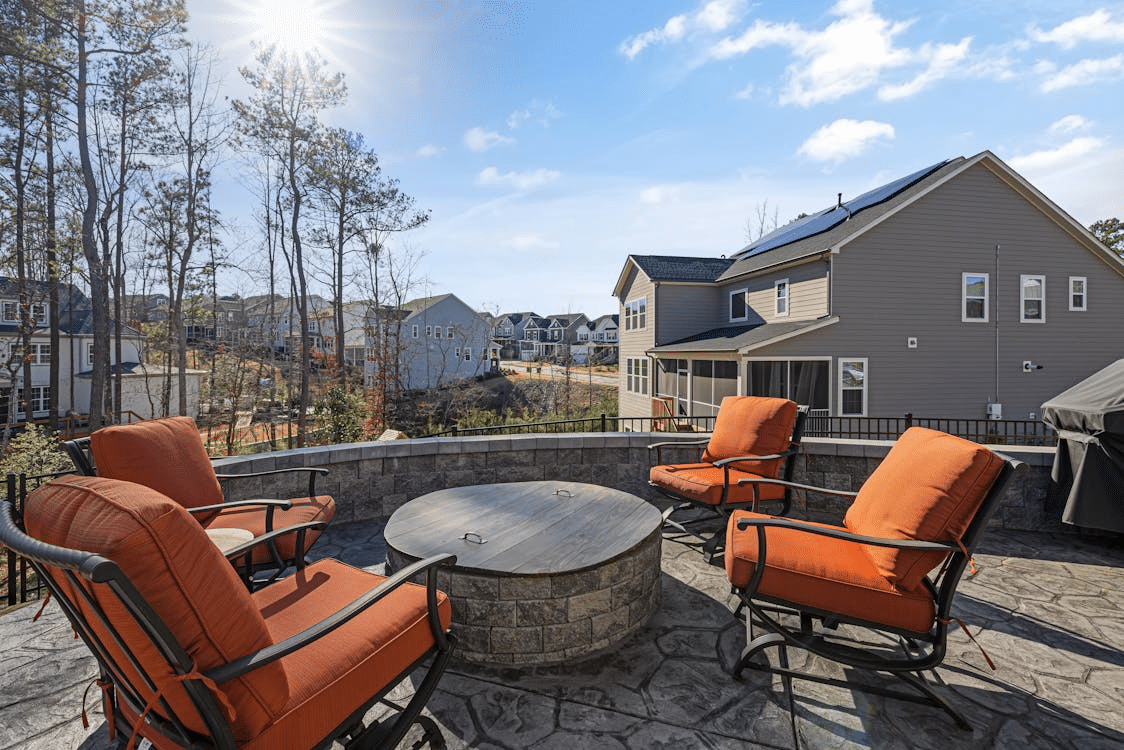
Fuel Choices and Fire Management
Your choice of wood and how you build the fire shape the user experience dramatically. Use dry, seasoned hardwoods such as oak or ash. These burn steadily, produce less smoke, and reduce creosote buildup. Avoid wet or green wood since it smokes heavily, spits embers and bogs down your fire struggle. Smaller branches or kindling should be used for ignition, while larger logs maintain a steady burn.
Begin with a teepee or log cabin structure that allows air flow and burns fully before adding heavy logs. Regularly rake the ashes when the fire is cold to clear space for fresh logs and ensure good air circulation. Use a poker or fire tool to reposition logs as needed and suppress flare‑ups promptly. Invest in a fire extinguisher or keep a bucket of sand or water nearby as a precaution. These steps help you maintain a responsive and clean fire rather than wrestling with an unruly blaze.
Maintaining Your Fire Pit Over Time
Once installed, the fire pit must be maintained for its best performance. Inspect the stone or metal ring annually for signs of deterioration, cracks, rust, or shifting. In climates with freeze‑thaw cycles, the materials may expand and contract frequently, leading to cracks. Address these issues early to preserve safety and aesthetic appeal.
Keep the surrounding area clear of debris and combustible materials like leaves, pine needles or mulch. Regularly sweep or rake the ground around the fire pit. Use a cover or screen when the fire pit is not in use to prevent rain from entering and damaging the base. Taking just a few minutes each season avoids major repairs or unexpected hazards.
Safety
Always have a designated fire‑minder who is sober and paying attention to the flames.
Never leave the fire unattended. If the wind picks up or guests depart, ensure the fire is fully extinguished. Using a metal shovel or poker, stir the coals, sprinkle water until all embers are dead, and then cover with ashes or sand when cool. Educate guests on spark safety and discourage throwing holiday gear, foil‑wrapped foods or unverified materials into the flame. Respectful behavior helps prevent accidents and builds memories that never involve emergency calls.
Celebrate a Fire Pit Done Right
When everything comes together, you can start having weekend rituals. Imagine laughter, the scent of burning wood, stars overhead, and warm companions drawn into the glow. Your thoughtful location choice, sturdy foundation, elegant materials, and ongoing care pay off. You created a place where stories begin and night lasts just a little longer.





